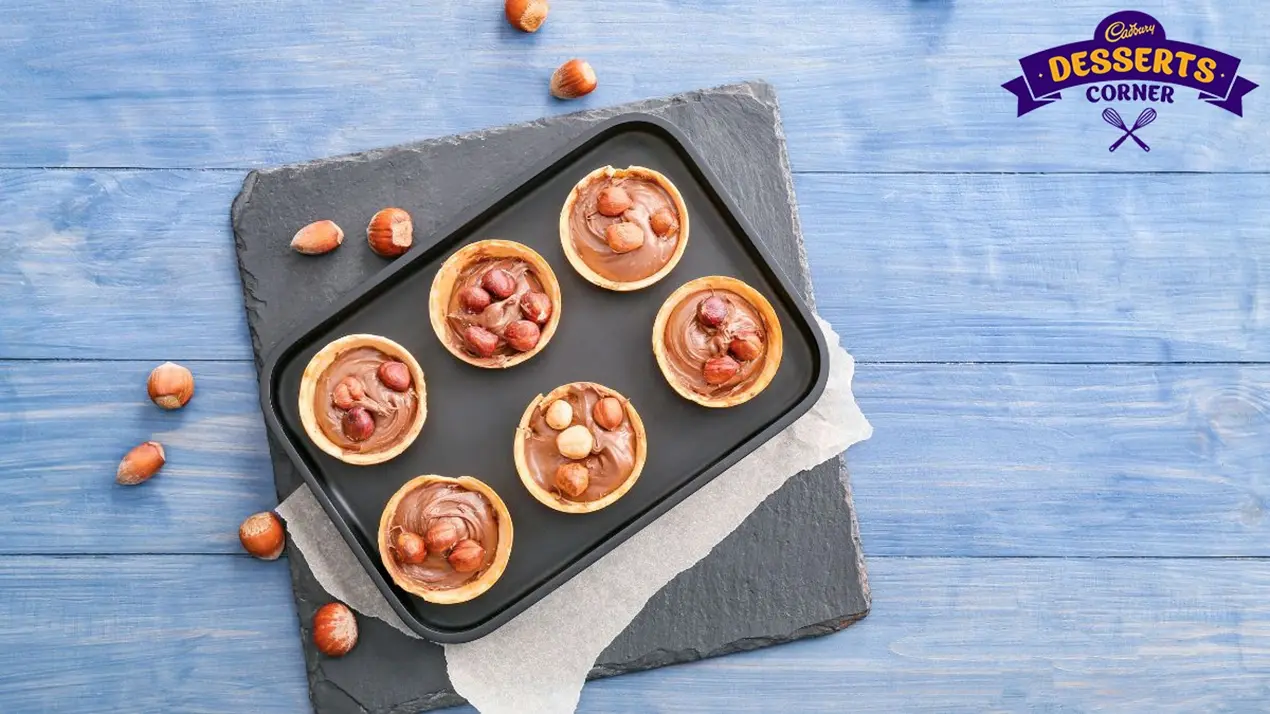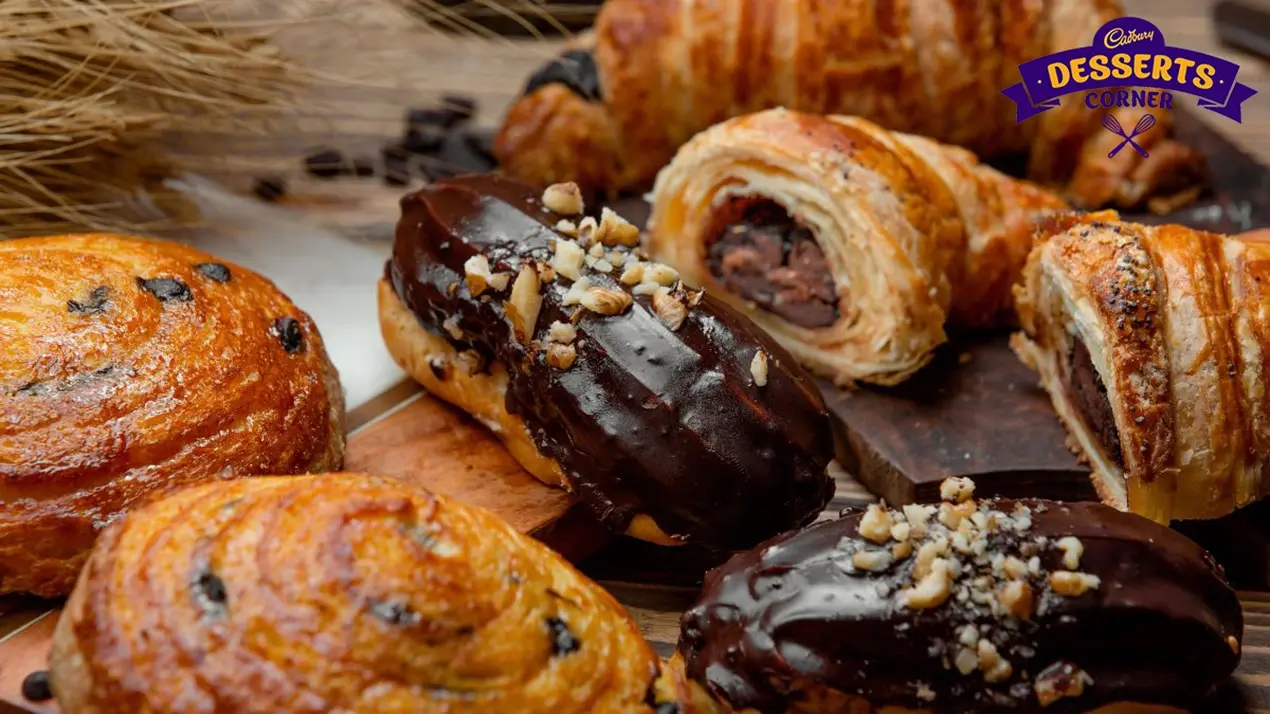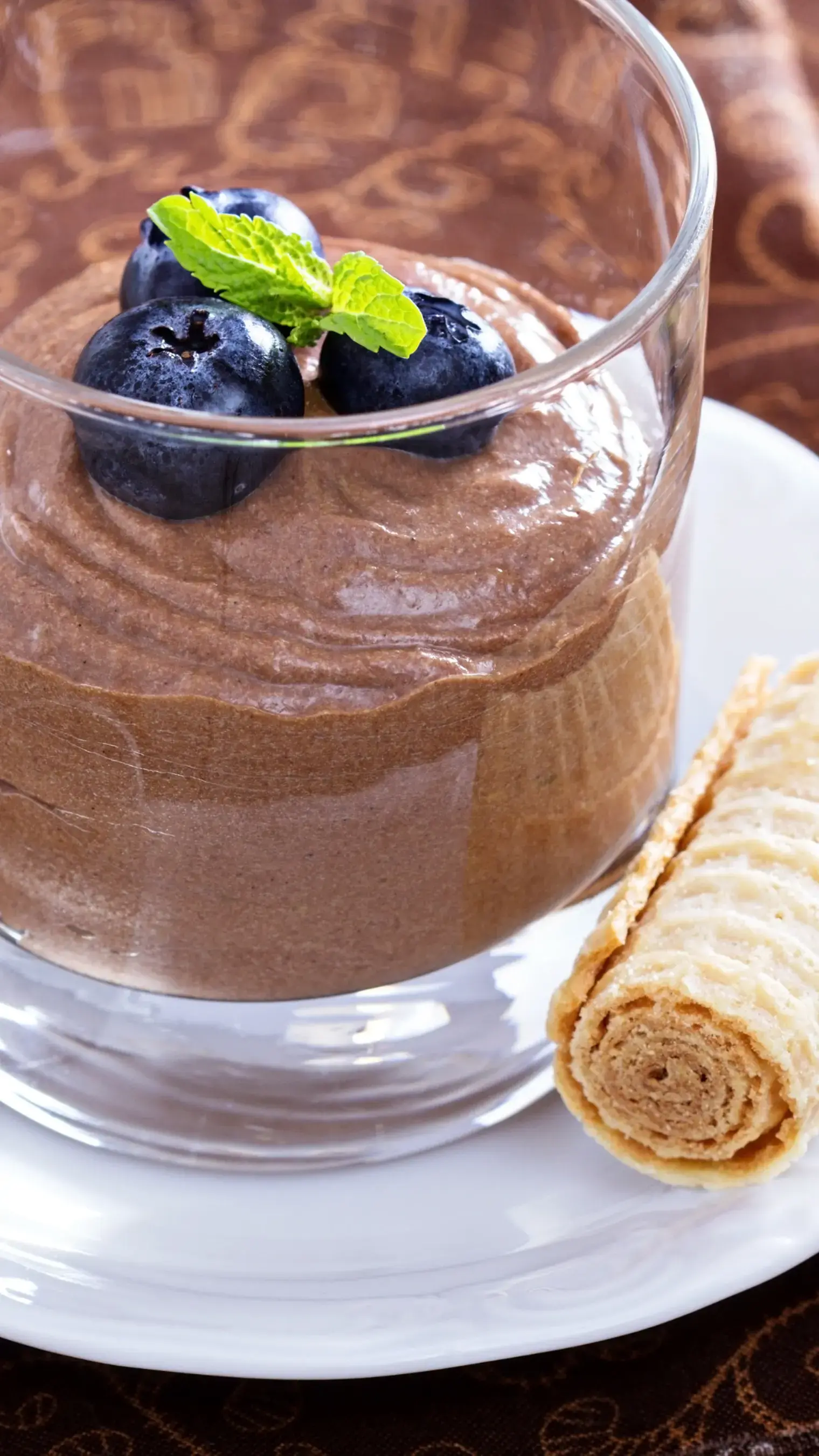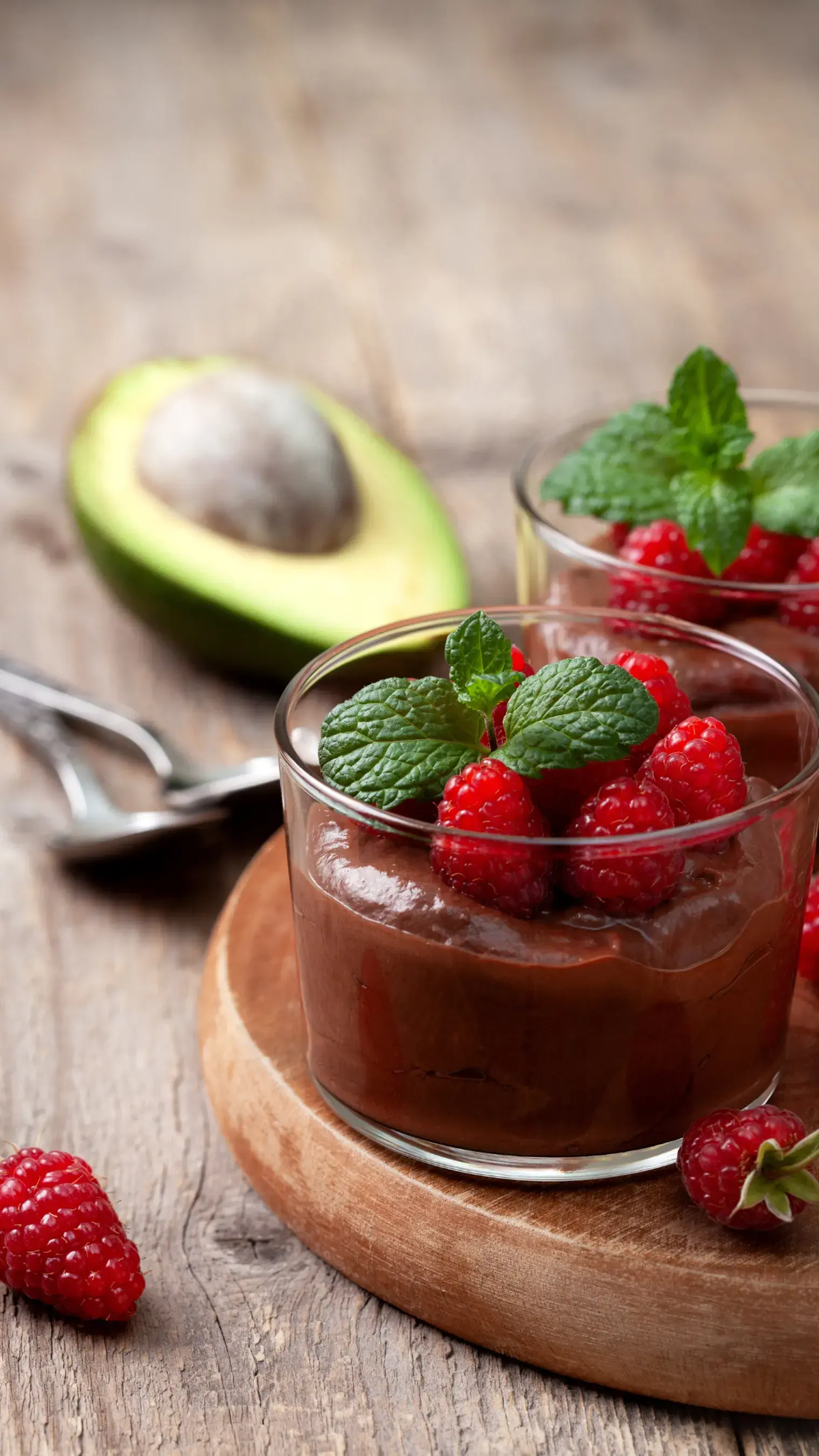Here’s a comprehensive guide to choosing and substituting different types of fats for baking. You’ll never be in doubt again!
/guidetodifferentfatstouse-feature.webp?width=768&height=432&name=guidetodifferentfatstouse-feature.webp)
Imagine if every baked treat could be a masterpiece of mouthwatering flavors and perfect textures. This isn't just limited to bakeries — even home bakers can achieve this level of excellence. The secret lies in one ingredient: from the crumb of a cake to the layers of a croissant, fats play an essential role in baking success. However, navigating the variety of options can be both intriguing and confusing. This guide serves as your compass, shepherding you through the world of fats, exploring their qualities and offering substitutes for those moments when you find yourself in a pinch.
1.Butter: The Timeless Classic
Ah butter! It's the baking fat known for its flavor and its ability to create tender and rich textures. Butter is the backbone behind classics such as pound cakes and buttery cookies. With its fat content (about 80%) it contributes to achieving a tender crumb in cakes and flaky layers in pastries.
Substitute: For those who're lactose intolerant or follow a vegan lifestyle, margarine or plant-based butters serve as alternatives. They mimic the texture and richness of butter, although their flavor profiles may have variations.
2.Shortening: The Flaky Maker
The Flaky Maker is a term often used to refer to shortening which is a fat at room temperature and is commonly made from vegetable fats. Its unique quality lies in its ability to create pastries and pie crusts that are incredibly flaky. Unlike butter, shortening does not contain water, allowing it to produce textures that are challenging to achieve with butter alone.
Substitute: When looking for a vegan substitute for shortening, coconut oil is an option. It remains solid at room temperature, and can be used in a 1:1 ratio as a replacement. However, it's important to note that coconut oil does have a coconut flavor which may be noticeable in recipes.
3.Oil: The Moisture Master
/guidetodifferentfatstouse-two.webp?width=1015&height=571&name=guidetodifferentfatstouse-two.webp)
Another type of fat commonly used in baking is oil such as canola, vegetable or olive oil. These oils remain liquid at room temperature, and are particularly useful when recipes require a high level of moisture like carrot cakes or banana bread. Oils contribute to the density and moistness of the crumb while also keeping goods fresh for a period.
Substitute: If you're seeking lower fat alternatives to oil in your baking endeavors, consider using applesauce or mashed bananas. They work well in cakes and muffins by adding moisture without the added fat content. However, it's important to keep in mind that they do introduce their flavor profile and may slightly affect the texture of the product.
4.Lard: The Choice for Traditionalists
/guidetodifferentfatstouse-three.webp?width=1015&height=571&name=guidetodifferentfatstouse-three.webp)
Lard, also known as rendered pork fat, is a baking fat that is experiencing a resurgence in popularity. It is highly valued for its ability to create a texture in baked goods and a flaky crust in pies.
Substitutes: For those seeking a non-animal option, vegetable shortening can be used as a substitute. While it may not replicate the flavor of lard, it can provide a similar texture.
5.Cream Cheese & Sour Cream: Adding Tangy Twists
/guidetodifferentfatstouse-four.webp?width=1015&height=571&name=guidetodifferentfatstouse-four.webp)
Cream cheese and sour cream aren't limited to being toppings. When incorporated into baking, they contribute a tanginess and produce a dense, moist texture. They are particularly effective in cheesecakes and are also frequently employed in muffin and cake batters.
Substitutes: Greek yogurt serves as a replacement for both cream cheese and sour cream. It maintains the flavor and creamy consistency, while offering the added advantage of fat content and higher protein levels.
6.Coconut Oil: The Trendy All Rounder
Coconut oil has gained popularity due to its health benefits and versatility. It serves as a vegan fat that can be utilized either solid (similar to butter) or liquid (comparable to oil) depending on the requirements of the recipe.
Substitutes: If you're not a fan of coconut flavor, you can use oils, like canola or vegetable oil as substitutes. Just keep in mind that the texture might turn out slightly different.
The world of fats in baking is incredibly diverse and absolutely delicious. Each type of fat has its characteristics and plays a specific role in how your baked goods turn out. It's important to understand these differences and know how to substitute them to take your baking skills to a whole new level. So, the next time you put on your apron and preheat your oven, remember that choosing the fat is more than just an ingredient—it's a decision that influences the essence of what you create. Happy baking!
Like This Article?
More Like This




Popular Articles



Trending Web Stories
Curated Recipes












/guidetodifferentfatstouse-feature.webp?width=1920&height=464&name=guidetodifferentfatstouse-feature.webp)







